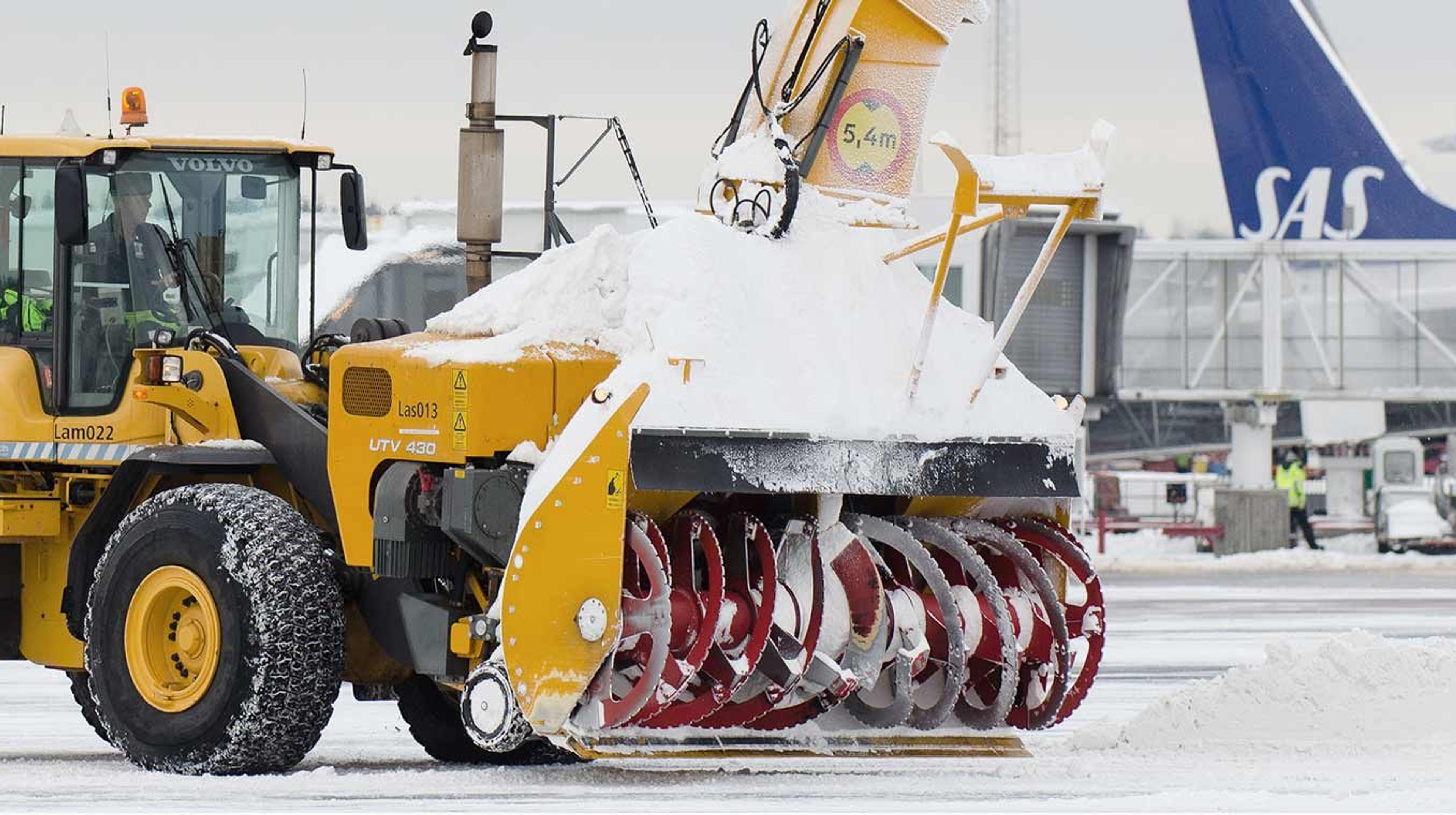Case
Energy analysis for electrification strategy
In this project, all individual vehicles within the complete vehicle fleet of Swedavia were investigated with regard to energy use and CO2 emissions.

CustomerSwedavia
IndustryMobility
CompetencesElectrification
Background
The goal was to develop a strategy and define a roadmap to zero the fossil CO2 emissions of the vehicle fleet until 2020 from some 2800 tons CO2 (Tank to Wheel). Due to the very different types of vehicles, from really small ones (luggage trucks) to very big ones (fire trucks) and different duty tasks and usage patterns, we had to find a strategy for each vehicle.
Sustainability through bio-fuels
The resulting report showed that by introducing and replacing fossil fuels with equivalent bio-fuels, the target of zero fossil CO2 emissions is reachable within the specified time, however, with the compromise of increased total energy use and hence increase of other harmful emissions. To cope with this fact and to further limit the need for combustion engines, a number of vehicle types suitable for subsystem electrification or part or full driveline electrification were identified for additional analysis. By analyzing the usage pattern, the load cases, and current energy consumption of the different vehicle types, the suitability for electrification as well as a beneficial vehicle fleet configuration can be defined.
With more detailed usage data also a specification of energy consumption savings per vehicle is possible. The available use case data from Swedavia showed to be not detailed enough to perform this analysis. The recommendation was to equip the selected vehicle types with measurement equipment and log usage data under a limited but representative period. Such data would strengthen the initial proposals for electrification.
This is really interesting information for us, and it makes clear to us how and where we need to focus our efforts for a more environmentally friendly and efficient vehicle fleet.
– Yvonne Björnström, Manager Swedavia Fordon
To support the transfer and validate the feasibility of electrification, a market investigation of available alternative vehicles and propulsion systems was performed. This showed that there are a number of initiatives regarding electrification of duty vehicles among the suppliers, however, to a very limited extent although the obviously great potential.

Step by step to a greener fleet
With decisions based on hard facts, the sourcing and setup of a vehicle fleet can be optimized and made future proof. Extended data regarding movements of the vehicles for the different job tasks can help in optimizing working processes and size of vehicle fleet, as well as monitoring positions and usage.
To achieve this, an obvious continuation of the executed pre-study is to assure the data availability for the prioritized vehicle types and then accordingly stepwise replace or re-engineer selected vehicles.
Project facts
Runtime: 2 months
Resources: 2 engineers plus part-time project manager
The project was executed in 4 blocks:
Workshop 1: Current situation and vision analysis.
Vehicle fleet energy analysis: quantitative study of fuel and energy consumption. Market analysis.
Workshop 2: Pre-result presentation, anchorage and adjusting of proposed roadmap.
Documentation and final presentation: Summary of results and recommendations.

